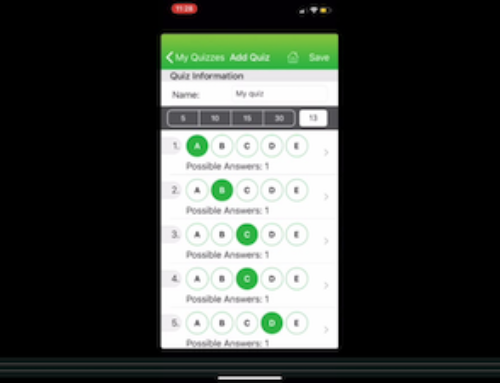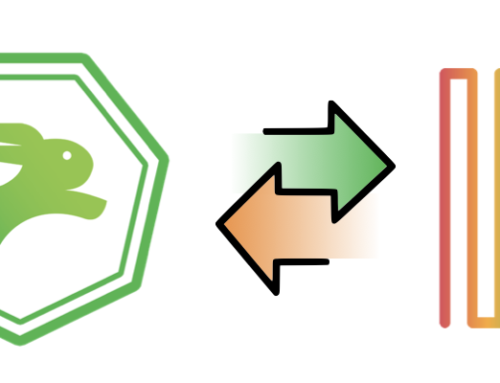by: Dr. Andrea Peoples-Marwah, Ed.D. 2017
In the age of technology, we dive into our iPads, iPods, our cell phones, laptops, and other savvy devices which introduce us to the world, its simplicities and complexities. A simple command can lead us to an array of fascinating, riveting, awe-inspiring facts, data, trends, and endless information about whatever an inquiring mind is seeking. From publishing text to creating statistical visuals, technology is here for the taking. Additionally, technology helps to foster passion. It feeds into our curiosities, and rarely bores us into oblivion.
In the Beginning…Computers were already inspiring students to get engaged
When I started school back in the late 1970’s, I recall my teachers fueling and fostering our imaginations with dreams of inventions of various technology. More often than not, the teachers of this time had to reach within themselves to exercise creativity in the classroom to make learning exciting and fun as having computers was just a dream.
When I was in the sixth grade in the mid-1980’s, my music teacher had us put on a play surrounding the dream of computers. That play was titled “The Age of Computers”. We sang a song surrounding the ideas of K-Rams, conductors, and memory chips. I wanted to badly have these K-Rams, conductors, and memory chips and asked my music teacher how do we get these things?
It used to be that a school computer was hard to come by. In those days, we did this little thing called collecting soup labels to enter a city-wide contest to try to win computers for our school. I was dreaming BIG and had a plan. On our next grocery visit, I think I encouraged my parents to buy what seemed like an endless array of cans of tomato soup – the only kind I would willingly eat! As a matter of fact, I encouraged many of my friends to do the same and do you know what? My school won this contest with collecting the most soup labels in the city and eventually won the K-Rams, conductors, and memory chips!
During that time, the Commodore 64, Apple and Macintosh computers were all the rave and quickly became our reality. It appeared as though teachers everywhere were using computers to facilitate lessons within their classrooms. Alas education was alive again what with the implementation of technology and students anxiously awaited each day to have a chance to go into a computer lab to happily and diligently discover, explore, and inquire about the world around them.
Today: How do teachers foster engagement the wider world, using technology?
I realize from past experiences and observation that technology and teacher creativity can harmoniously meet in the middle and marry with favorable results. Some will question the use of technology in the classroom or even challenge its effectiveness and efficiency upon student learning. Others are adamant to promote the utilization of technology in the classroom and its ease into the fabric of lessons and research-driven student activities.
As educators, it is our rightful duty to ensure that our students are not only learning content but are actively engaged in applying the concepts they learn each day and with the age of technology, student success can be met and exceeded. For example, when I teach the sciences, instead of teaching a lesson direct from a textbook about microorganisms in a drop of pond water, I encourage my students to break out their devices where students can visually see microorganisms actively engaging and responding to its environment – (in a drop of pond water) for which students can synthesize questions which allows them to further develop their inquiring minds.
Using technology further stimulates our students to explore and go above and beyond what is expected of them. You see, we are all visual learners in some capacity, albeit some more than others. One side of the education spectrum presents doubt which envelopes the use of technology in a learning environment regarding elements of misuse and/or abuse of technology for students’ personal purposes.
The Right Limits and Rules Make Technology More Effective
To resolve this as being an issue, an educator needs to implement proper management with the use of these devices. In other words, rules. If rules are strongly implemented and adhered to, these rules will minimize any possibility of abuse or misuse of technology within a classroom or other learning environment. Rules should be verbal and/or be visually displayed in a central location so that every student hears/sees them and understands the reasons behind establishing this feature. It may be redundant, but in the world of education, there are times when redundancy lends itself to less problems along the way regarding the abuse and misuse of technology. Problem solved.
In Conclusion…
As a colleague once told me, don’t be afraid to utilize technology. You can’t break it. You can’t mess it up. But what you can do is bring your daily lessons to life. What appeared to be bland during my years in school as a student, can now be flavorful to our students. And with the help of technology, educators can direct their lessons to the many flavors of the world.
***
About the Author:
Dr. Andrea Peoples-Marwah is well known in education and research. Trained as a Biologist, she has 25 years of teaching experience in the sciences incorporating her research within Multiple Intelligences. Andrea has made numerous contributions to education organizations across the United States, abroad and within her community. She holds a Doctorate in education, administration, and policy studies from The George Washington University, Washington DC. She currently resides with her husband, daughter, and beloved bearded dragon in The San Francisco Bay Area.




